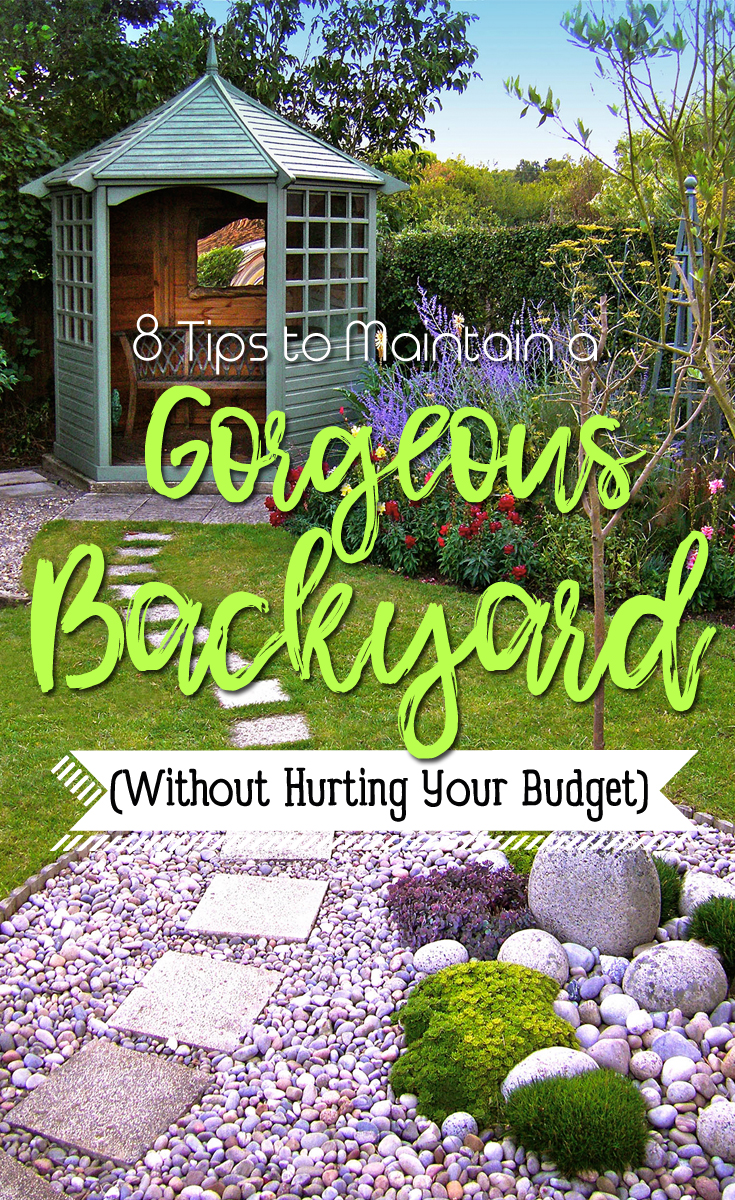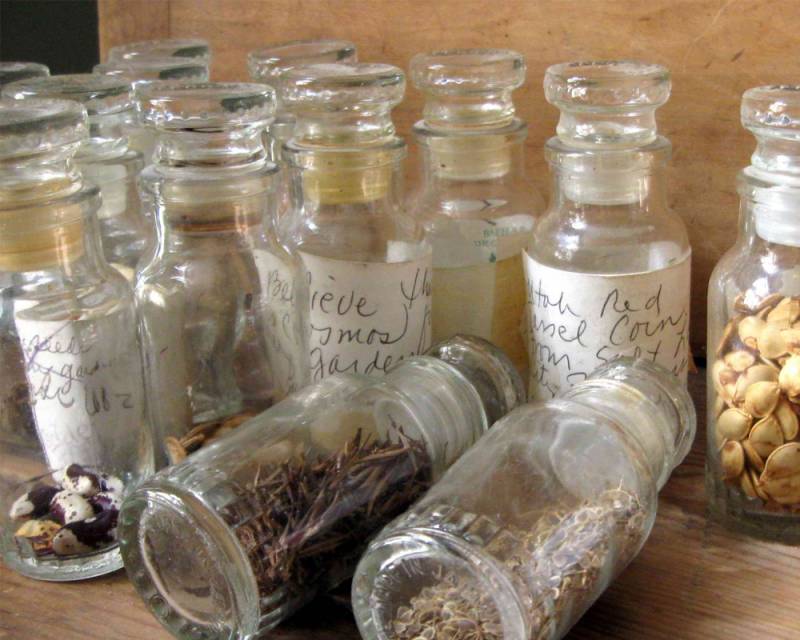 When it comes to my landscaping, I'm pretty frugal, but I still want my lawn to look nice. Fortunately, with some money-saving tips and tricks, I can maintain a gorgeous backyard without hurting my budget. In fact, I can even save myself time and effort in the process. Now, that's what I call a gardening win-win!
When it comes to my landscaping, I'm pretty frugal, but I still want my lawn to look nice. Fortunately, with some money-saving tips and tricks, I can maintain a gorgeous backyard without hurting my budget. In fact, I can even save myself time and effort in the process. Now, that's what I call a gardening win-win!
-
Share the Cost of Equipment

Image source: www.metronews.ca One of the most prohibitive upfront landscaping costs is that of tools and equipment. Renting items that are needed infrequently can save money over buying them. However, you can further reduce those costs by pitching in with others who also need to use them. If you split the cost of a rental with neighbors or family members and take turns using the item over the course of a weekend, everyone will come out ahead.
Other options to save money on equipment include buying used items or borrowing from others. Seeking out a tool lending library is a great way to find gear that's available for loan.
-
Use Newspaper in Place of Landscaping Fabric

Image source: 3.bp.blogspot.com For annual beds and vegetable gardens, recycle newspapers into a DIY landscaping fabric. Lay down three layers of newspaper before adding any plants to the soil.
The material will decompose over the course of the year, which enriches the soil in the process. Of course, this means that you'll have to replace it year after year. This is no big deal for beds that are replanted annually, but it means that purchased landscape fabric is a more reliable choice for perennial plantings.
-
Analyze Your Soil

Image source: simplicitysoil.files.wordpress.com Your local garden center probably has shelf after shelf of treatment options for soil. How do you know which to use? Should you buy one of each and apply them all? That's a pricey proposition!
Instead, have your soil tested. That way, you'll know exactly what sort of additives it needs to keep it–and the plants that live there–healthy and well-balanced. Use a soil testing kit or see if a local organization, such as a state university's extension office, offers testing services for a small fee.
-
Allow Clover to Grow with Your Grass

Image source: gardeningonthego.files.wordpress.com Although this tip may be hotly debated by lawn purists, some experts advise that there is a benefit to allowing clover–which many consider a weed–to thrive among your grass. Diversity among lawn plants boosts the overall health of your grass.
Plus, clover has the power to carry out what is known as “nitrogen fixation.” It draws nitrogen from the air and transfers it to plant roots. This serves as a natural fertilizer, so you may be able to avoid spending money on lawn fertilizers if you let clover do its thing.
-
Save Seeds from Year to Year

Image source: tuffguardhose.com If you buy a packet of seeds but don't use them all, don't throw away the leftovers! Instead, preserve them for the following year. As long as you store them properly, they'll work just fine.
Place the leftover seeds in airtight containers, such as zip-top plastic bags. To keep moisture from damaging the seeds, layer four facial tissues, heap two tablespoons of powdered milk on top and wrap the tissues to seal in the powder. Add at least one of these packets to each seed container. Store the containers in a cool, dry area of your home.
-
Plant for Your Area

Image source: images.ua.prom.st Plants that are native to your area are the ones most likely to thrive in your yard. Imported plants may cost you more both up front and over the long run; they may require more fertilizer, water and other upkeep. In fact, they may not even survive for very long. Replacing them is just more money out of your pocket.
Ask nursery employees, search online or consult neighbors with green thumbs to find out which plants do best in your growing area.
-
Ask for Unwanted Rocks and Bricks

Image source: static1.squarespace.com Why spend money on landscaping stones when you might be able to get them for free? With a little work, you may be able to fulfill all of your rock needs for just pennies.
Construction crews, demolition sites and roadside work projects may have cast-off bricks that they are looking to dispose of. Farmers may have unwanted rocks that you can take, and some parks will let you remove rocks as well. If you want stones that are designed specifically for landscaping, check online giveaway sites to see if anyone who has recently re-landscaped their yard is offering their old bricks for free or cheap.
-
Buy Before Winter

Image source: static1.squarespace.com The end of the season can be the best time to buy landscaping items of all sorts. Most stores and nurseries want to clear out as many seasonal items as possible before winter hits. Therefore, they may put significant markdowns on tools, planters, pavers and even plants.
In fact, for many tree species, early fall is one of the best times to plant them. Aim to get them in the ground between late August and early October.
Are you ready to take control of your landscaping costs? I know I am! In fact, my family recently received a load of used but perfectly good paving stones. How do you save money on your yard? Please comment with your tips. If this article has helped you, share it with your friends.



